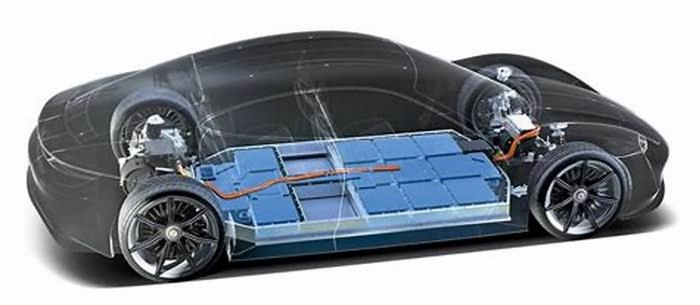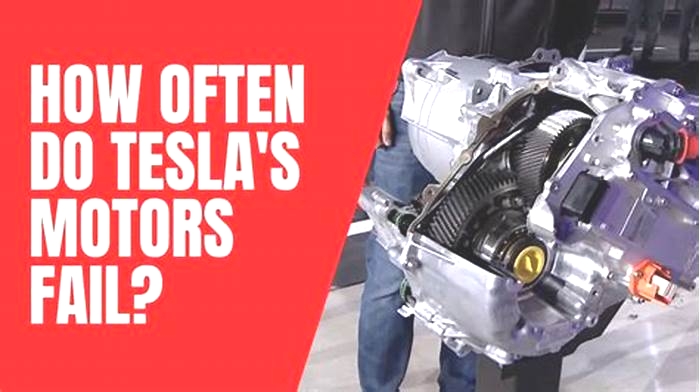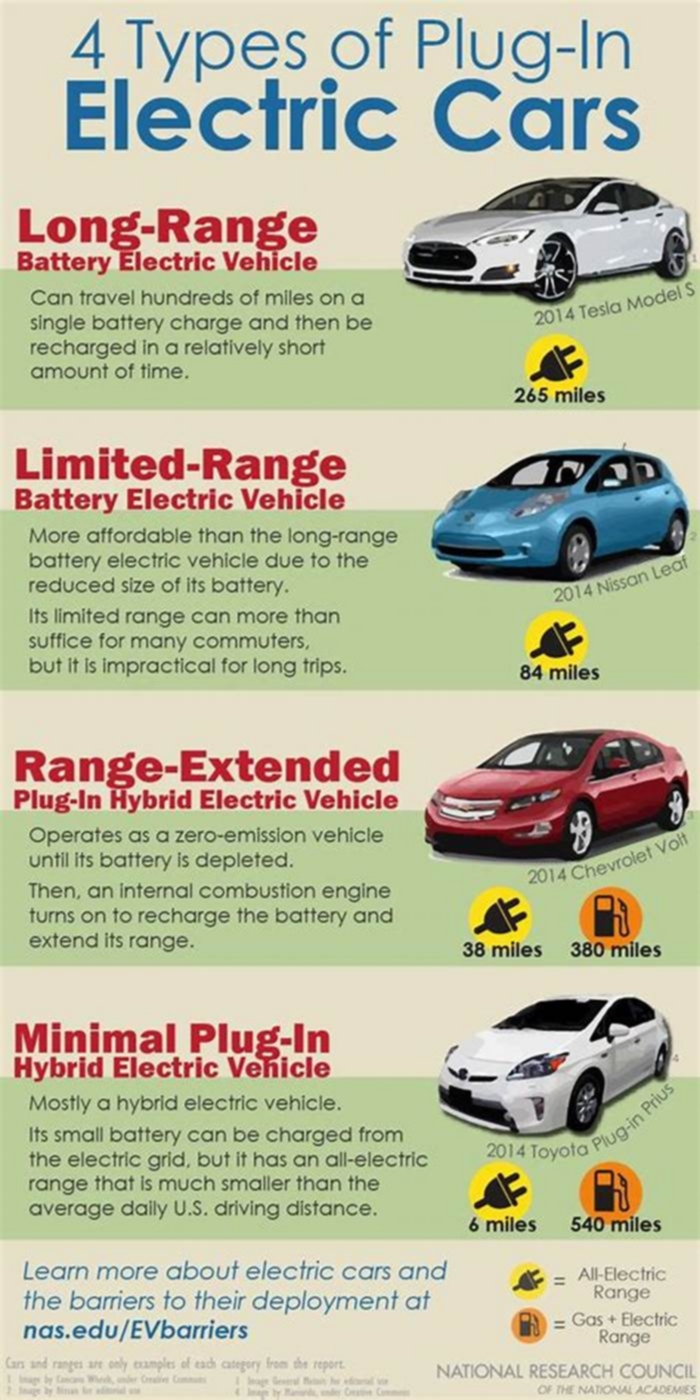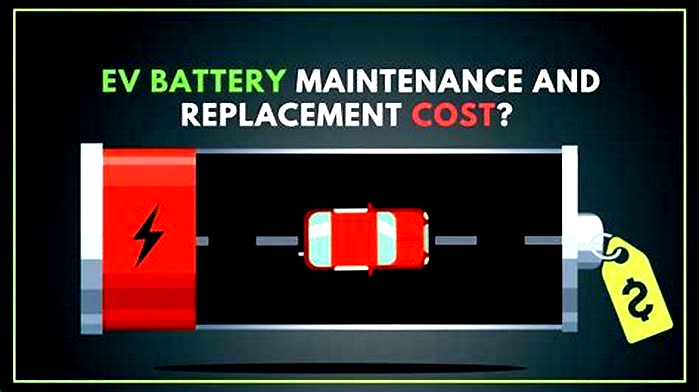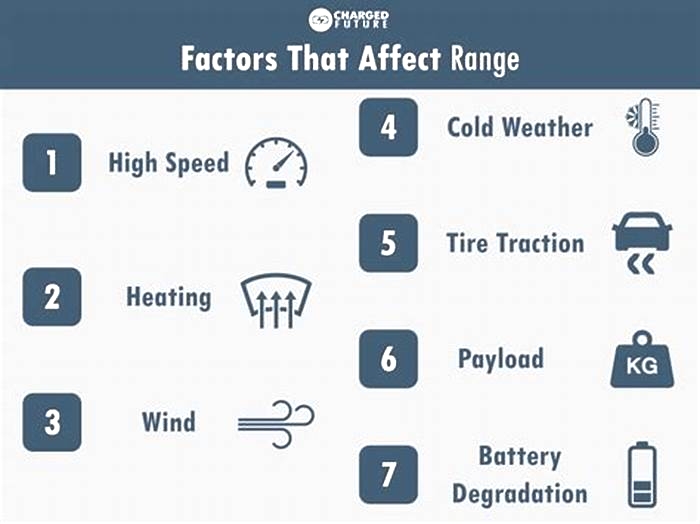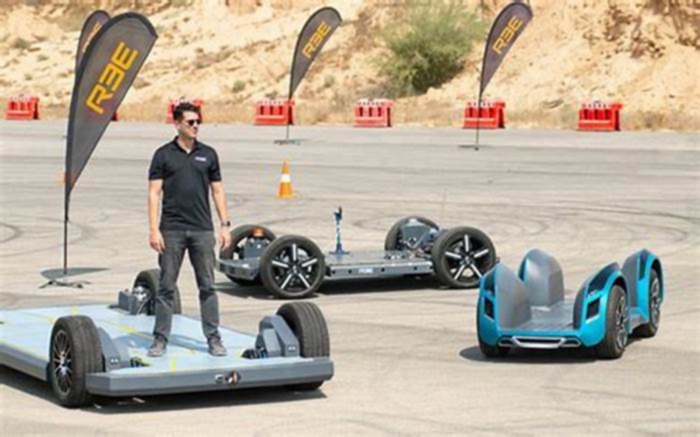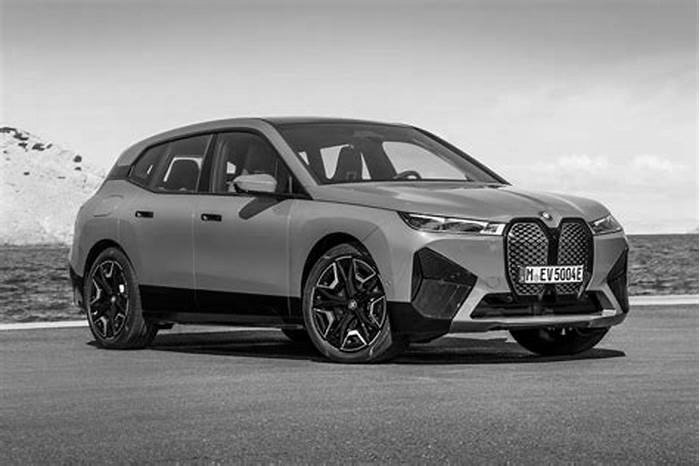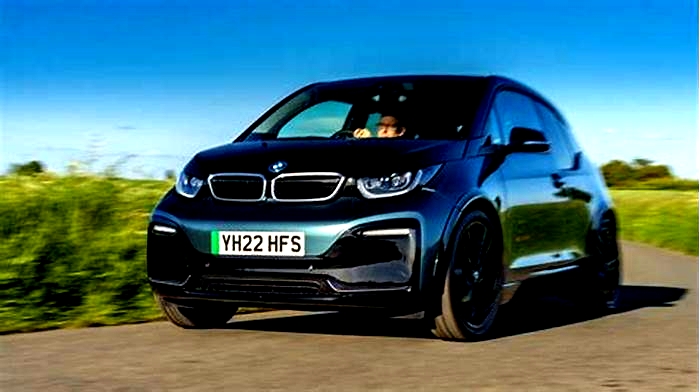Understanding EV Motors Types Efficiency and Power Output
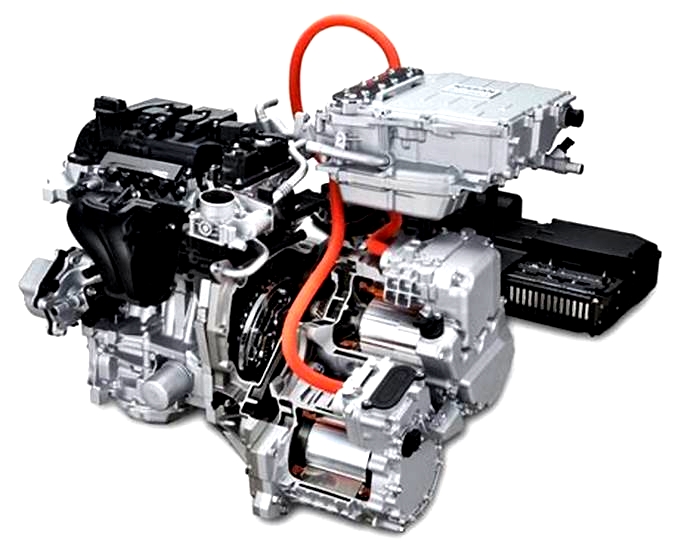
Torque in Electric Motors vs. Combustion Engines: Unleashing Power and Efficiency
When it comes to comparing torque in electric motors and combustion engines, there are some key differences to consider. Torque, simply put, is the rotational force that an engine produces. In electric motors, torque is generated by the interaction of magnetic fields, while in combustion engines, it is produced by the combustion of fuel. Electric motors have the advantage of delivering maximum torque from zero RPM, providing instant acceleration. On the other hand, combustion engines typically have a wider torque range, allowing for better performance at higher speeds. Understanding the differences in torque between these two types of engines is crucial in determining their respective strengths and applications.
Key Takeaways
| Torque in Electric Motors | Torque in Combustion Engines |
|---|---|
| Instant acceleration | Wider torque range |
| Maximum torque at zero RPM | Better performance at higher speeds |
Understanding Torque in Electric Motors
Torque is a crucial concept in the world of electric motors. It plays a significant role in determining the performance and efficiency of these motors. In this article, we will delve into the intricacies of torque in electric motors, exploring how it is generated, its characteristics, and its impact on motor performance.
How Torque is generated in Electric Motors
To understand how torque is generated in electric motors, we need to first grasp the basic principles behind their operation. Electric motors work on the principle of electromagnetic induction, where the interaction between magnetic fields and electric currents produces rotational motion.
In an electric motor, torque is generated through the interaction between the magnetic field produced by the stator (the stationary part of the motor) and the current flowing through the rotor (the rotating part of the motor). This interaction creates a force that causes the rotor to rotate, generating torque.
The amount of torque produced in an electric motor depends on various factors, including the strength of the magnetic field, the amount of current flowing through the rotor, and the design of the motor itself. By manipulating these factors, engineers can optimize the torque output of electric motors for different applications.
Characteristics of Torque in Electric Motors
Torque in electric motors exhibits several key characteristics that are important to understand. These characteristics include:
Instantaneous Torque: Electric motors can produce varying levels of torque at different points in their operation. The instantaneous torque refers to the torque produced at any given moment. It can fluctuate depending on factors such as the motors speed, load, and power supply.
Starting Torque: Starting torque refers to the torque produced by an electric motor when it is initially powered on. It is crucial for overcoming the inertia of the motor and getting it to start rotating. High starting torque is especially important in applications where the motor needs to start under heavy loads.
Stall Torque: Stall torque is the maximum torque that an electric motor can produce when it is operating at its maximum current and not rotating. It represents the maximum force that the motor can exert without rotating. Stall torque is an important consideration in applications where the motor needs to provide high levels of force without rotation.
Torque-Speed Relationship: The torque-speed relationship in electric motors describes how the torque output changes as the motors speed varies. In general, electric motors exhibit a decrease in torque as speed increases. This relationship is important for understanding the motors performance characteristics and designing systems that require specific torque-speed profiles.
The role of Torque in Electric Motor performance
Torque plays a crucial role in determining the performance of electric motors. It directly affects the motors ability to generate rotational force and perform useful work. Here are a few key aspects of torques role in electric motor performance:
Power Output: Torque, along with rotational speed, determines the power output of an electric motor. The power output is the rate at which the motor can perform work, and it is directly proportional to the product of torque and rotational speed. By optimizing torque output, engineers can design electric motors that deliver the desired power for specific applications.
Efficiency: Torque also influences the efficiency of electric motors. Efficiency refers to the ratio of useful output power to the input power. Electric motors with higher torque output can deliver the same amount of work with less input power, resulting in higher efficiency. This is particularly important in electric vehicles, where maximizing efficiency is crucial for extending battery life and range.
Control and Performance: The ability to control torque is essential for achieving precise motor performance. By adjusting the torque output, engineers can control the speed, acceleration, and deceleration of electric motors. This level of control is particularly advantageous in applications that require precise motion control, such as robotics and industrial automation.
Understanding Torque in Combustion Engines
How Torque is generated in Combustion Engines
Torque is a crucial concept in understanding the performance of combustion engines. It refers to the rotational force produced by the engine, which is responsible for powering the vehicle. In combustion engines, torque is generated through the combustion process that takes place within the cylinders.
The process begins with the intake stroke, where the piston moves downward, drawing in a mixture of air and fuel into the cylinder. This mixture is then compressed during the compression stroke, resulting in a higher pressure and temperature. At the top of the compression stroke, the spark plug ignites the compressed mixture, causing a rapid expansion of gases during the power stroke. This expansion creates a force that pushes the piston downward, generating torque.
The amount of torque produced by a combustion engine depends on various factors, including the engine design, displacement, and fuel-air mixture. Additionally, the torque output can be influenced by the engines speed, as different engine speeds can result in varying torque levels.
Characteristics of Torque in Combustion Engines
Torque in combustion engines exhibits certain characteristics that are important to consider. One such characteristic is the torque curve, which represents the engines torque output at different engine speeds. The shape of the torque curve can vary depending on the engine design and its intended purpose.
In general, combustion engines tend to produce higher torque at lower engine speeds, gradually decreasing as the engine speed increases. This characteristic is often referred to as low-end torque, which is beneficial for tasks that require high initial power, such as accelerating from a standstill or towing heavy loads.
Another characteristic of torque in combustion engines is its peak value. The peak torque represents the maximum rotational force that the engine can generate. The location of the peak torque on the engines speed range can vary depending on the engine design and its intended application. For example, a performance-oriented engine may have its peak torque at higher engine speeds, while an engine designed for fuel efficiency may have its peak torque at lower engine speeds.
The role of Torque in Combustion Engine performance
Torque plays a crucial role in determining the performance of combustion engines. It directly affects the acceleration and pulling power of a vehicle. Higher torque allows for quicker acceleration and better towing capabilities.
Additionally, torque is closely related to power in combustion engines. Power is the rate at which work is done, and it is calculated by multiplying torque by the engines rotational speed. Therefore, a higher torque output can result in higher power output, leading to improved overall performance.
Efficiency is another aspect influenced by torque in combustion engines. By optimizing the torque characteristics, engineers can design engines that operate more efficiently, maximizing fuel economy and reducing emissions.
In recent years, there has been a growing interest in electric vehicles and their electric motor technology. Electric motors also generate torque, but their torque characteristics differ from those of combustion engines. Electric motors typically provide instant torque from zero RPM, resulting in quick acceleration and responsive performance.
Comparing Torque in Electric Motors vs. Combustion Engines
When it comes to comparing the torque in electric motors and combustion engines, there are several key factors to consider. In this article, we will explore the direct comparison of torque values, the impact of torque on overall vehicle performance, and the efficiency of torque conversion in both engine types.
Direct comparison of Torque values
Torque is a measure of rotational force and plays a crucial role in determining the performance of a motor or engine. In electric motors, torque is generated by the interaction between the magnetic fields produced by the stator and rotor. On the other hand, in combustion engines, torque is produced by the combustion of fuel and air mixture within the cylinders.
Electric motors are known for their high torque output from the moment they start, providing instant acceleration. This is due to the nature of electric motors, which can deliver maximum torque at zero RPM. In contrast, combustion engines typically have a lower torque output at lower RPMs and gradually increase as the engine speed rises.
To illustrate this, lets consider an example. Suppose we have an electric motor and a combustion engine, both rated at 100 horsepower. The electric motor may have a torque rating of 200 Nm, while the combustion engine may have a torque rating of 150 Nm. This means that the electric motor can deliver more rotational force, resulting in quicker acceleration compared to the combustion engine.
Impact of Torque on overall vehicle performance
The torque output of a motor or engine has a significant impact on the overall performance of a vehicle. Higher torque allows for better acceleration, especially at lower speeds. It enables vehicles to quickly overcome inertia and climb steep inclines without losing speed.
For instance, lets consider two vehicles with different torque characteristics. Vehicle A has a high torque electric motor, while Vehicle B has a lower torque combustion engine. When both vehicles start from a standstill, Vehicle A with its high torque electric motor will have a quicker initial acceleration, allowing it to reach higher speeds faster than Vehicle B with its lower torque combustion engine.
Furthermore, torque also affects towing capacity and the ability to carry heavy loads. Vehicles with higher torque can handle heavier loads more efficiently, making them suitable for tasks such as towing trailers or hauling cargo.
Efficiency of Torque conversion in both engine types
Efficiency is another crucial aspect to consider when comparing torque in electric motors and combustion engines. In electric motors, the conversion of electrical energy to mechanical energy is highly efficient, typically above 90%. This means that a significant portion of the energy input is effectively converted into torque, resulting in less wasted energy.
On the other hand, combustion engines have lower overall efficiency due to various factors such as heat loss, friction, and incomplete combustion. The conversion of chemical energy from fuel into mechanical energy is less efficient, typically ranging from 20% to 40%. This means that a considerable amount of energy is lost as heat and other forms of energy during the combustion process.
To put it into perspective, lets consider the efficiency of an electric motor and a combustion engine. Suppose an electric motor has an efficiency of 95%, while a combustion engine has an efficiency of 30%. This means that the electric motor can convert a higher percentage of the input energy into torque, resulting in better overall efficiency compared to the combustion engine.
Why Electric Motors may have more Torque
Explanation of the Torque advantage in Electric Motors
Electric motors are known for their ability to deliver high torque, which is one of the key factors contributing to their superior performance compared to combustion engines. Torque is the rotational force that causes an object to rotate around an axis, and it plays a crucial role in determining the power and efficiency of a motor.
There are several reasons why electric motors may have more torque than combustion engines. Lets explore these reasons in detail:
Direct Drive: Electric motors are designed to provide direct drive, meaning that the motor is directly connected to the load it is driving. This eliminates the need for complex transmission systems found in combustion engines, which can result in power losses. With direct drive, electric motors can deliver torque more efficiently, resulting in better overall motor performance.
High Power Density: Electric motors have a higher power density compared to combustion engines. Power density refers to the amount of power that can be generated per unit of weight or volume. Electric motors can generate a higher amount of torque for a given size or weight, making them more compact and efficient. This high power density allows electric motors to deliver more torque output, even in smaller and lighter designs.
Torque Characteristics: Electric motors have unique torque characteristics that contribute to their advantage. Unlike combustion engines, electric motors can provide maximum torque from zero speed, allowing for instant acceleration. This is particularly beneficial in applications such as electric vehicles, where quick and responsive acceleration is desired. Additionally, electric motors can maintain a constant torque output over a wide range of speeds, providing consistent performance across different operating conditions.
Factors contributing to higher Torque in Electric Motors
Several factors contribute to the higher torque output of electric motors. Lets take a closer look at these factors:
Electric Motor Design: The design of an electric motor plays a crucial role in determining its torque output. Factors such as the number of turns in the motors winding, the size and shape of the rotor, and the type of magnets used can all influence the torque characteristics of the motor. By optimizing the design, engineers can enhance the torque performance of electric motors.
Electric Motor Technology: Advancements in electric motor technology have led to significant improvements in torque output. For example, the development of rare-earth magnets, such as neodymium magnets, has allowed for stronger magnetic fields and higher torque densities. Additionally, the use of advanced motor control algorithms and power electronics enables precise torque control, further enhancing the performance of electric motors.
Electric Motor Efficiency: Electric motors are known for their high efficiency compared to combustion engines. Higher efficiency means that less energy is wasted as heat, resulting in more power being converted into useful work. This improved efficiency allows electric motors to deliver higher torque output for the same amount of input power, making them more energy-efficient and environmentally friendly.
Why some believe Combustion Engines are better than Electric Motors
Arguments for the superiority of Combustion Engines
When it comes to the debate between combustion engines and electric motors, there are those who argue that combustion engines are superior. While electric motors have gained popularity in recent years, combustion engines still have their advantages. Lets explore some of the arguments put forth by proponents of combustion engines.
1. Power and Efficiency
One of the main arguments in favor of combustion engines is their power output and efficiency. Combustion engines, especially internal combustion engines, have been refined over many years, resulting in high power and efficiency levels. The torque output of a combustion engine is often greater than that of an electric motor, allowing for better acceleration and towing capabilities. Additionally, combustion engines have a higher energy density compared to batteries, which means they can store more energy and provide longer driving ranges.
To illustrate this point, lets consider an example. Imagine you have two vehicles, one powered by a combustion engine and the other by an electric motor. Both vehicles have the same weight and aerodynamics. When you step on the accelerator, the combustion engine vehicle accelerates faster due to its higher torque output. This is particularly noticeable when towing heavy loads or driving uphill.
2. Torque Characteristics
The role of torque in these arguments cannot be overlooked. Torque is the rotational force produced by an engine or motor. Combustion engines are known for their torque characteristics, especially at low RPMs. They provide a consistent and linear torque curve, which means the engine delivers a steady amount of torque throughout the RPM range. This is particularly advantageous in situations where a constant torque output is required, such as in heavy-duty applications or off-road driving.
On the other hand, electric motors have a different torque characteristic. They provide maximum torque from zero RPM, which results in instant acceleration. However, as the RPM increases, the torque output of an electric motor decreases. This can be a disadvantage in certain scenarios where a constant torque output is needed.
The role of Torque in these arguments
To better understand the role of torque in these arguments, lets delve into the technical aspects. Torque is directly related to power and can be calculated using the formula:
In the case of combustion engines, the power is generated through the combustion of fuel, which drives the pistons and crankshaft. The rotational motion of the crankshaft produces torque, which is then transferred to the wheels of the vehicle.
Electric motors, on the other hand, generate torque through the interaction of magnetic fields. The power is supplied by the electric current flowing through the motor windings. The torque output of an electric motor can be controlled by adjusting the current flow.
When comparing the torque output of combustion engines and electric motors, it is important to consider the specific design and technology used in each. Advances in electric motor technology have led to improvements in torque control and overall motor performance. Similarly, combustion engine design and technology have also evolved to enhance torque characteristics and efficiency.
The Future of Torque in Electric Motors and Combustion Engines
Predicted advancements in Electric Motor Torque
Electric motors have become an integral part of various industries, especially in the automotive sector. As technology continues to advance, there are several predicted advancements in electric motor torque that could revolutionize the way we think about power and efficiency.
One of the key areas of improvement is in electric motor performance. Engineers are constantly working on enhancing the torque output of electric motors, allowing them to deliver more power and better performance. By optimizing the design and materials used in electric motor construction, it is possible to achieve higher torque characteristics, resulting in improved overall efficiency.
For example, advancements in electric motor technology have led to the development of more efficient and compact designs. This means that electric motors can now deliver higher torque output while occupying less space, making them ideal for applications where size and weight are critical factors.
Another area of focus is torque control in electric motors. With precise control over torque, it becomes possible to optimize the performance of electric vehicles. By adjusting the torque output based on driving conditions, electric vehicles can achieve better acceleration, improved energy efficiency, and enhanced overall driving experience.
Predicted advancements in Combustion Engine Torque
While electric motors have gained significant attention in recent years, combustion engines still play a crucial role in many industries. Advancements in combustion engine torque are also expected to shape the future of power and efficiency.
One area of improvement is in combustion engine design. Engineers are exploring innovative ways to enhance torque output while maintaining or improving fuel efficiency. By optimizing the combustion process and improving engine components, it is possible to achieve higher torque characteristics in combustion engines.
For instance, advancements in combustion engine technology have led to the development of turbocharging and supercharging systems. These systems increase the amount of air and fuel mixture in the combustion chamber, resulting in higher torque output. This allows combustion engines to deliver more power without sacrificing efficiency.
Another area of focus is improving combustion engine efficiency. By reducing friction and improving thermal management, engineers can enhance the overall efficiency of combustion engines. This means that more of the energy generated by the engine can be converted into useful work, resulting in higher torque output and improved fuel economy.
How these advancements could impact the Electric vs. Combustion debate
The predicted advancements in electric motor torque and combustion engine torque have the potential to significantly impact the ongoing debate between electric and combustion engines.
With the advancements in electric motor torque, electric vehicles can offer improved acceleration and overall performance. Higher torque output allows electric vehicles to match or even surpass the power of combustion engines, making them a viable alternative for various applications. Additionally, the compact size and precise torque control of electric motors make them ideal for urban environments and stop-and-go traffic situations.
On the other hand, the advancements in combustion engine torque and efficiency ensure that internal combustion engines remain competitive. With higher torque output and improved fuel efficiency, combustion engines can continue to provide the power and range required for long-distance travel and heavy-duty applications. Furthermore, the existing infrastructure for refueling and the familiarity with combustion engine technology make them a convenient choice for many consumers.
Frequently Asked Questions
1. What is the difference between torque in electric cars and combustion engines?
Electric cars typically have higher torque output compared to combustion engines. This is because electric motors can deliver maximum torque instantly, whereas combustion engines require time to reach peak torque.
2. How does the efficiency of a combustion engine compare to an electric motor?
Electric motors are generally more efficient than combustion engines. While combustion engines waste energy through heat and friction, electric motors convert a higher percentage of electrical energy into mechanical energy.
3. Which type of engine, electric or combustion, has more power?
Electric motors can provide instant and consistent power delivery, making them capable of delivering high power outputs. However, combustion engines can achieve higher peak power levels due to their ability to sustain high RPMs.
4. Do electric motors have more torque than diesel engines?
Yes, electric motors typically have more torque than diesel engines. Electric motors can deliver maximum torque from zero RPM, while diesel engines require higher RPMs to reach peak torque.
5. What are the advantages of electric motors over combustion engines?
Electric motors offer several advantages over combustion engines, including higher efficiency, instant torque delivery, lower maintenance requirements, and zero emissions during operation.
6. Why do electric motors have more torque?
Electric motors have more torque because they can deliver maximum torque instantly, whereas combustion engines require time to build up torque. Additionally, electric motors have a wider torque curve, providing consistent torque across a broader range of RPMs.
7. How does the torque of an electric motor compare to that of a gas engine?
Electric motors typically have higher torque outputs compared to gas engines. Electric motors can deliver maximum torque from zero RPM, while gas engines require higher RPMs to reach peak torque.
8. What is the difference between an electric motor and a combustion engine?
An electric motor converts electrical energy into mechanical energy, while a combustion engine burns fuel to generate mechanical energy. Electric motors are also more efficient and offer instant torque delivery compared to combustion engines.
9. How does the torque curve of an electric engine differ from that of a combustion engine?
The torque curve of an electric engine is typically flat, meaning it provides consistent torque across a wide range of RPMs. In contrast, the torque curve of a combustion engine tends to peak at a specific RPM and then gradually decreases.
10. How do combustion engines compare to electric motors in terms of efficiency?
Electric motors are generally more efficient than combustion engines. Combustion engines waste energy through heat and friction, while electric motors convert a higher percentage of electrical energy into mechanical energy.
Also Read:
The TechieScience Core SME Team is a group of experienced subject matter experts from diverse scientific and technical fields including Physics, Chemistry, Technology,Electronics & Electrical Engineering, Automotive, Mechanical Engineering. Our team collaborates to create high-quality, well-researched articles on a wide range of science and technology topics for the TechieScience.com website.
All Our Senior SME are having more than 7 Years of experience in the respective fields . They are either Working Industry Professionals or assocaited With different Universities. Refer Our Authors Page to get to know About our Core SMEs.

